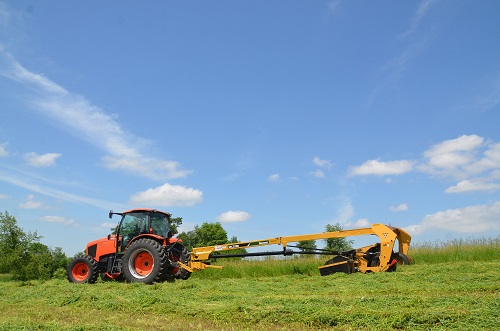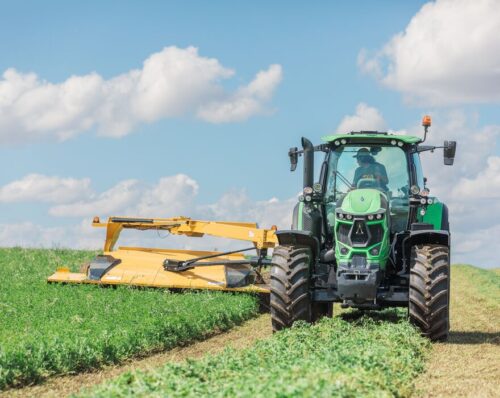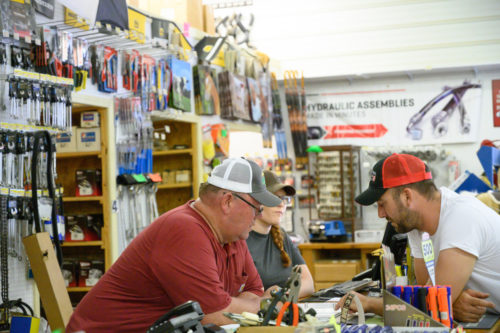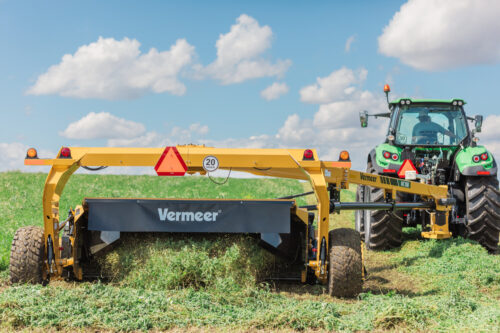Forage Cutting Height Recommendations from Dr. Dan Undersander
April 2016
It can become easy to focus on current times rather than what lies ahead. But when you are harvesting forage, it is important to think about several key factors that will affect long-term hay quality, including how tall hay should be before cutting.
Oftentimes, producers cut forage as low as possible in order to yield a higher tonnage. University of Wisconsin Forage Agronomist Dr. Dan Undersander warns producers that this isn’t always the best practice, especially if you want to harvest high quality forage and allow the crop to grow back adequately for the next cutting.
Whether you’re doing custom work or baling hay for your own use, quality should be as important as quantity. To improve on both the quality and quantity of your hay, Dr. Undersander recommends keeping the following cutting heights in mind.
How tall should hay be before cutting?
Cut alfalfa and clover at a minimum of 3 inches
Alfalfa and clovers store their energy in the roots. Go ahead and cut alfalfa when it is shorter at about 3 inches (7.6 cm) because they will regrow from the carbohydrates in the roots. If you cut lower than 3 inches on alfalfa, you do get higher quantity tonnage but it is low quality and all stem. The lower you cut, the more soil you pick up on your disc mower, especially when the soil is dry.
Cut other grasses at a minimum of 4-6 inches
For cool season grasses, cut at a minimum of 4 inches (10.2 cm). For Sudan-type grasses, cut at a minimum of 6 inches (15.2 cm). Grass stores energy in the base of the stem. If you cut grasses when they are too short, they won’t grow as fast or yield as much hay that year.
Follow these cutting guidelines to minimize dirt in forage and maximize regrowth. Hear additional guidance from Dr. Dan Undersander.

This article contains third-party observations, advice or experiences that do not necessarily reflect the opinions of Vermeer Corporation, its affiliates or its dealers.







